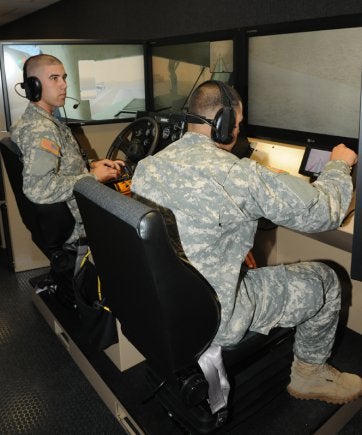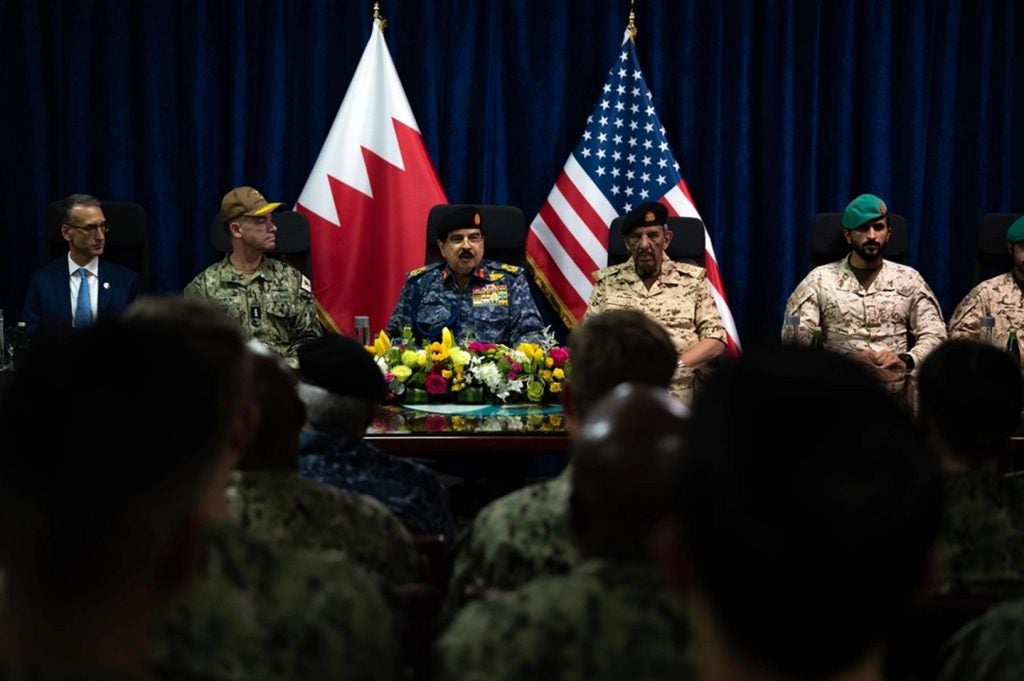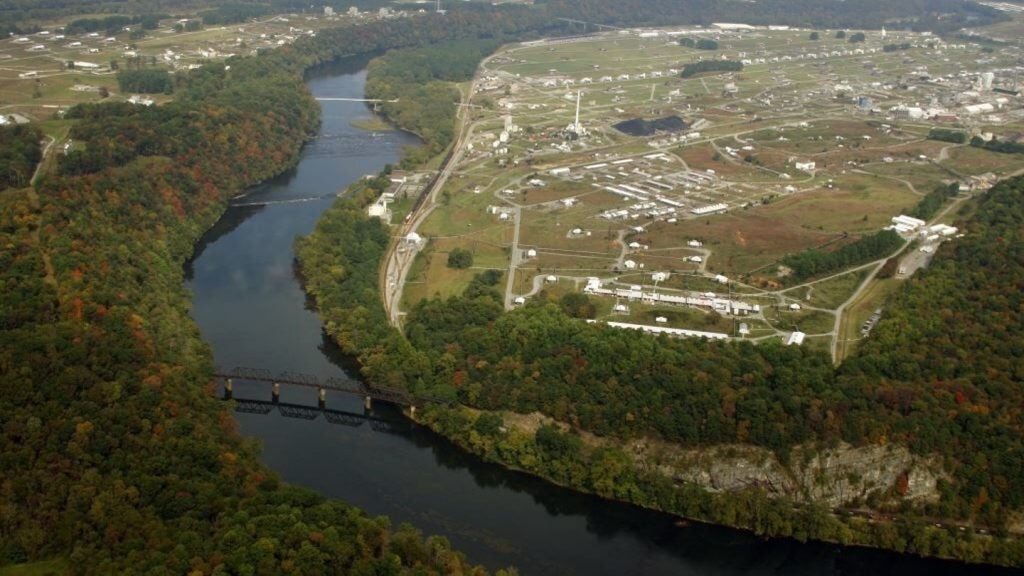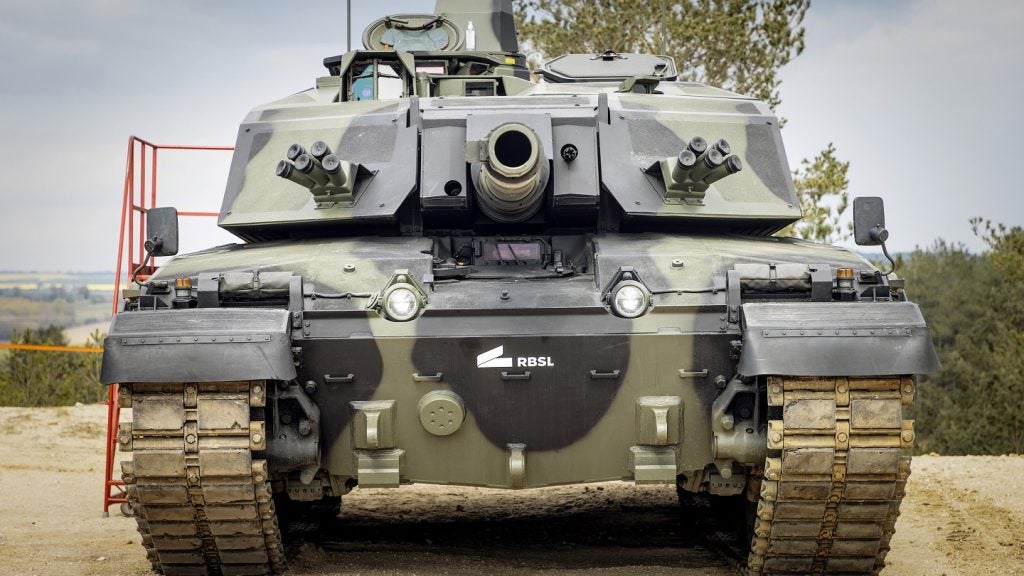
The US Army has deployed the third virtual clearance training suite (VCTS) at Fort Leonard Wood in Missouri to provide real-time route area clearance missions training to soldiers before their deployment.
Soldiers from the 235th Engineer (SAPPER) and 848th Engineer (SAPPER) Company were given counter-improvised explosive device (C-IED) and mounted manoeuvre operations training in a virtual environment using the simulator.
The system features simulators for the Buffalo mine-protected clearance vehicle, Husky vehicular-mounted mine detector with mine detonation trailer, RG-31 or RG-33 medium mine-protected vehicle and the man-transportable robotic system.
R2C2 course non-commissioned officer-in-charge staff sergeant Otis Petty said the trainer was capable of simulating the characteristics of real-time vehicles to be operated by troops for future route clearance operations.
VCTS action officer and training developer proponent representative sergeant 1st class Jawn Downing said the simulator challenged soldiers during training by replicating modern-day operating environments.
See Also:
"This system gives soldiers the time and ability to train on what they need to be proficient in clearance or convoy missions," Downing said.
How well do you really know your competitors?
Access the most comprehensive Company Profiles on the market, powered by GlobalData. Save hours of research. Gain competitive edge.

Thank you!
Your download email will arrive shortly
Not ready to buy yet? Download a free sample
We are confident about the unique quality of our Company Profiles. However, we want you to make the most beneficial decision for your business, so we offer a free sample that you can download by submitting the below form
By GlobalData"If a soldier is having trouble working the arm of the Buffalo, this system will assist them in getting proficient. The same thing goes for the Husky, RG-31, Panther, Talon IIIB and even the 50 cal [machine gun] training."
Operational in a crawl, walk, run mode, the system enables military instructors to provide training in both individual and collective scenarios, as well as helping the soldiers improve their standard operating procedures (SOPs).
The army has already fielded two VCTSs at Fort Bliss in Texas and Fort Carson, Colorado. It is also planning to deploy a total of 28 systems across its military installations.
Bases considered for next installations are Fort Hood, Fort Bragg, Joint Base Lewis-McChord, Fort Drum, followed by Hawaii and Germany, Downing added.
Image: Two US Army soldiers conduct training with the virtual clearance training suite at Fort Leonard Wood in US. Photo: courtesy of Amy Newcomb.






